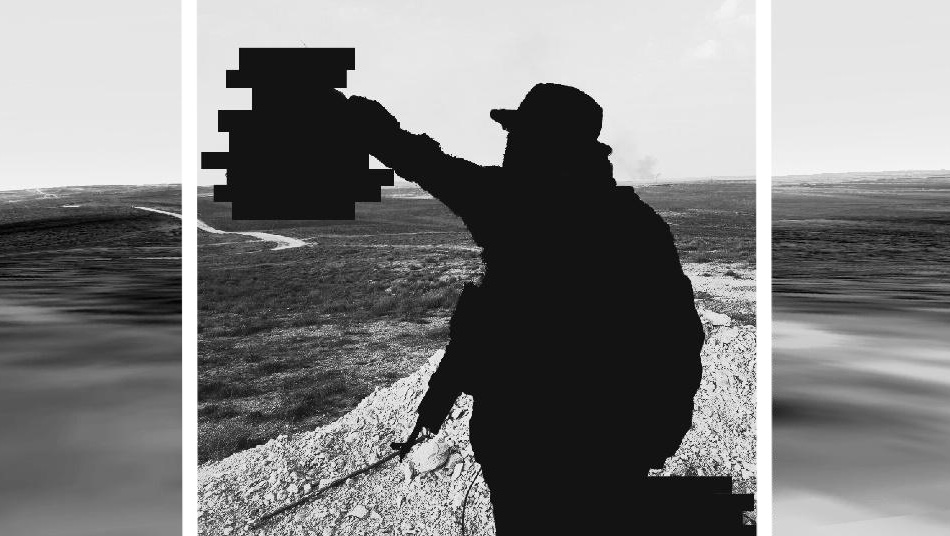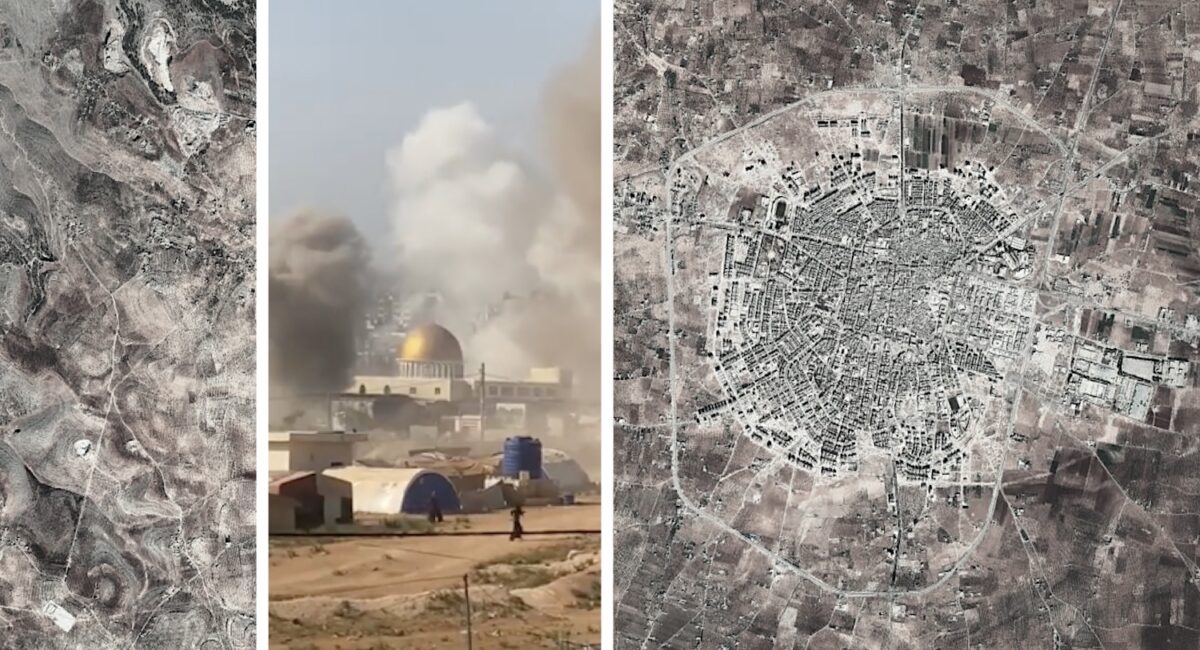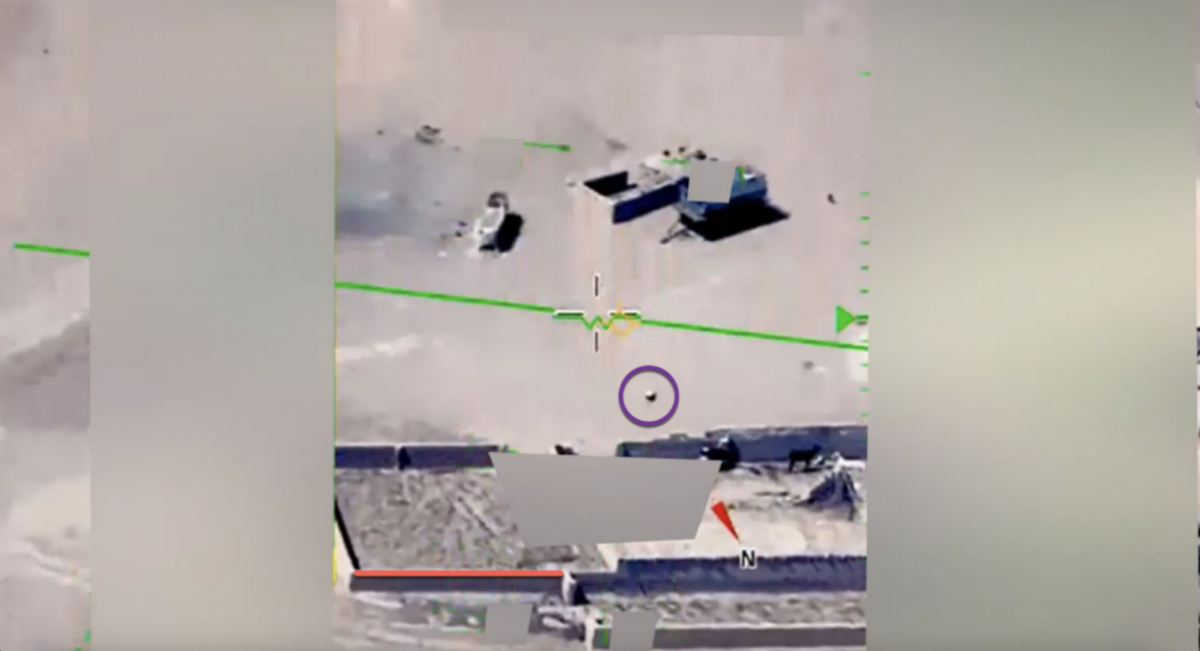There's No Such Thing as a Good Fake - When Publicity Stunts Go Wrong
The work of open source investigators frequently involves using content shared on social media. The reliability of those sources is something that is always under question, not only by the investigators themselves, but also by those who would try to discredit that type of content as being unreliable.
A good open source investigation would not rely on individual claims, videos, or images without cross referencing them against other information, at the most basic level geolocating images used to support a claim, but for those attempting to discredit the field of open source investigation and specific sources of information, this fact is generally ignored.
Occasionally, in attempting to raise awareness about a situation, groups or individuals have created content that results in nothing more than helping those who would try to discredit their work, and the work of open source investigators.
The latest victims of their own efforts are the Syrian White Helmets, a rescue organisation whose members wear body cameras, and have emerged as one of the leading sources of evidence of air strikes against civilian infrastructure in the Syrian conflict.
Because of this, they have regularly been smeared by the Syrian and Russian governments, and decried as fakes and terrorists. Russian state TV outlet RT (formerly “Russia Today”), for example, ran an opinion piece on 26 October by writer Vanessa Beeley, who labeled them a “terrorist support group and Western propaganda tool”, while a separate report a week earlier questioned the White Helmets’ neutrality by claiming that they were funded by Western governments. As early as May, Kremlin wire Sputnik called the White Helmets a “controversial quasi-humanitarian organisation” which was “fabricating ‘evidence’ of Russia’s ‘disastrous’ involvement in Syria”. This Sputnik piece also quoted Beeley, as saying that the White Helmets “demonize the Assad government and encourage direct foreign intervention.”
The Revolutionary Forces of Syria Media Office (RFS) recently published a video of members of the White Helmets rescue organisation participating in the Mannequin Challenge, a social media craze where people are filmed standing still in various situations as the camera moves through the space. Recent famous examples include one filmed on Hillary Clinton’s campaign aircraft and one filmed at the White House. The White Helmets’ Mannequin Challenge video shows a simulated rescue taking place, which for an organisation that has to weather accusation of fakery immediately caught the attention of commentators:
“Ppl online accuse us of faking scenes.. Let’s make a fake that looks exactly like all our other videos & then post it online!”
— Lina Arabi (@LinaArabii) November 21, 2016
Soon popular pro-Assad social media accounts were reposting the video outside of its original context, as evidence of White Helmets fakery:
The #WhiteHelmets have uploaded a video of themselves fake saving someone. Don’t think this was ever meant to be uploaded! pic.twitter.com/F8OObvcHFi
— Partisangirl (@Partisangirl) November 21, 2016
Elsewhere, pro-Assad and conspiracy blogs were publishing articles with headlines like “UNCLOAKED: White Helmets Rescue Crisis Actor in ‘Mannequin Challenge’ Fakery”. RT soon began to report on the video, citing the opinions of “independent researchers” such as the same Vanessa Beeley, who this time described the White Helmets as “a fraudulent shadow-state construct created by NATO to simply propagate the propaganda that will demonize Assad’s government and also demonize Russian legal intervention in Syria”.
By the time the White Helmets and RSF had responded, and despite the clear intention of the video, those who wished to attack the reputation of the White Helmets and those working with open source material had already established that the video, at least in their eyes, was yet more clear evidence of the White Helmets creating fake videos. Ultimately, what was meant to be an attempt at raising awareness resulted in feeding the imaginations of conspiracy theorists and those who had reasons to attack the credibility of the White Helmets, and little else.
This was not the first time an awareness campaign had backfired horribly. In November 2014, a video was shared online showing what appeared to be a young boy rescuing a young girl, apparently after being shot. The video was reported on widely, but a few days later it transpired the film, known as Syrian Hero Boy, had been made in Malta by a Norwegian director funded by the Norwegian Film Institute (NFI) with the aim of raising awareness of the situation in Syria. In this instance, there was nothing in the description of the video to state it was fake, and as with the White Helmets video, this was yet again used to attack the reliability of videos from conflict zones. Human rights activists, researchers, and others condemned the video, stating “It is reckless and irresponsible to distribute a fictional film as real footage thus belittling the very real suffering of Syria’s children and the very serious work by professional and citizen journalists inside Syria.”
These two experiences teach two lessons, one negative, the other positive. The negative lesson is that creating fake images, no matter for what reason, seriously damages the credibility of the creator, and all those who work in the same field. The information environment is not neutral: hostile actors will seize on any excuse to attack and denigrate NGOs which they find inconvenient, even when it’s clearly stated that a video is part of something such as the Mannequin Challenge.
The more positive aspect is that these experiences underline, yet again, the value of open source research. The importance of the White Helmets is precisely that their evidence allows us to expose the civilian suffering caused, and denied, by the Russian government. The importance of open source research more broadly is that it allows us to expose fakes no matter who makes them – even if it is the Russian Ministry of Defense faking satellite imagery. Ultimately, these examples show that the modern information environment makes it increasingly easy to expose fakes, and increasingly difficult to hide them.
With additional contributions from Ben Nimmo.


